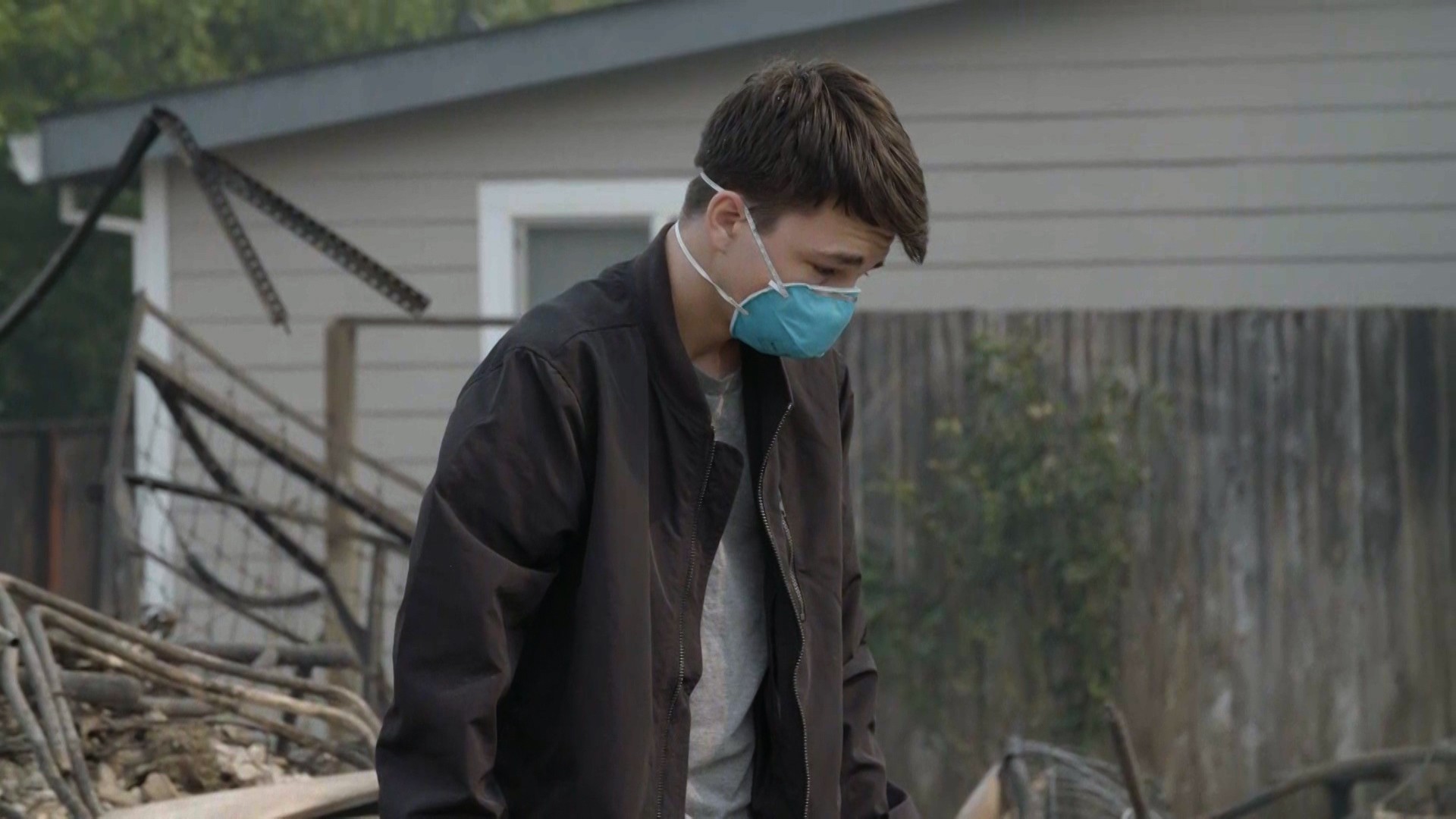As natural disasters worsen, so will domestic violence, several experts say. (Photo by In Pictures Ltd./Corbis via Getty Images)
Tipping Point covers environmental justice stories about and, where possible, written by people in the communities experiencing the stark reality of our changing planet.
Advertisement

Advertisement
Advertisement
Advertisement

